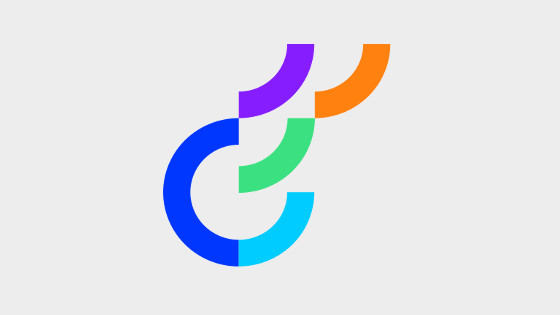If you are looking for inspiration about what A/B test to run next, this is the guide for you 🔥🔥🔥. As someone who has been writing A/B tests for over 5 years, I know from first-hand experience that sometimes it is the ideation process that can be the hardest. What should I test next? No matter if you are using a market-leading tool like Optimzielty Web, or, a competitor, ideas matter.
The ideas contained within this guide are broken down by key pages and components. This list can be used as a quick reference cheat sheet for idea planning, so if you want to get your creative experimentation juices flowing, read on 💥
Homepage
The homepage is the most visited page on most websites. Any high-traffic pages will allow you to reach hit statistically significant the fastest, so you should aim to have at least one experiment running on the homepage at all times. The make-up of a homepage will vary based on the context of the business, however, there are a number of proven homepage combinations that have been proved to increase uplift, these include:
💡Add a benefits bar
💡Add Social Proof
💡Add a product offer at top of the page
💡First-time-visitor promotion or banner
Landing Page
The aim of the landing page is to usually divert a user into a funnel. Landing pages are key for improving campaigns and directing visitors.
💡Change the heading wording
💡Bigger/Smaller breadcrumbs
💡Image links to sub-pages
Checkout Page
The Shopping Cart Abandonment Rate is the percentage of your visitor who adds items to the cart, however, they abandon their sessions before completing the purchase. The SCAR is the figure you want to minimise at all costs. Optimizing these tests can help in this quest:
💡 Add a progress indicator to checkout
💡 Add additional product recommendations
💡 Create a simple navigation
💡 Test additional payment options
💡 Ask for email first on checkout
💡 Make the returns policy more prominent
💡 Make the shipping policy more prominent
💡Add some copy to remove purchase uncertainties
💡 Add Trust Signals like supported card payment provider logos in checkout
💡 Split the checkout page over several pages
💡 Combine the checkout into a single page
Product Details Page
The product detail page (PDP) is used to display information about a product. The PDP is the area where you can do the final sell before hopefully, a customer will add the product into their basket:
💡 Add a video to a PDP page
💡 Add product recommendations
💡 Improve the product description copy
💡 Make product reviews more prominent
💡 Add more detailed size and fit information
Header and Menu
A great header and navigation menu can increase traffic flow throughout your website. Featuring items in the header has been known to increase conversion, so knowing the best categories to display in your header and menu can provide a great ROI. In this section, you will learn about some proven experiments that have been successfully proven to increase traffic flow:
💡 Make the menu leaner
💡 Add a benefits bar
💡 Create a prominent section for sale/special items
💡 Create a mega-menu
💡Make the search bar wider
💡 Create a simpler menu
💡 Emphasize wide-appeal products within the menu
💡 Add product category dropdown
Footer
The information in the footers may include contact us numbers, links ot popular pages, and call-to-actions:
💡 Add a trust symbol
💡 Add a phone number
💡 Add a chatbot
💡 Test different social media icons
Call-To-Action Components
CTA's provide three key benefits. Instructing users what to do. Explaining what they will get and removing doubt. Studies have found that running simple experiments on CTA can increase revenue and average order value by a considerable amount. Some ideas of things you can try include:
💡 Larger call-to-action (CTA)
💡 Different text within call-to-action (CTA)
💡 Add contact number
💡 Minimal viable experiment on the benefits of an instant chat
💡 Make larger
💡 Change copy phrasing
You now know a list of proven ideas to help you start a successful experimentation program within your organisation. A good experimental tool, like Optimizely Web, will provide you with the mechanism to answer the most fundamental website question. What is the most optimal design for my site to help me reach my goal? Only through testing and experimentation will you be able to prove which way works best for your business.
Happy Coding 🤘
